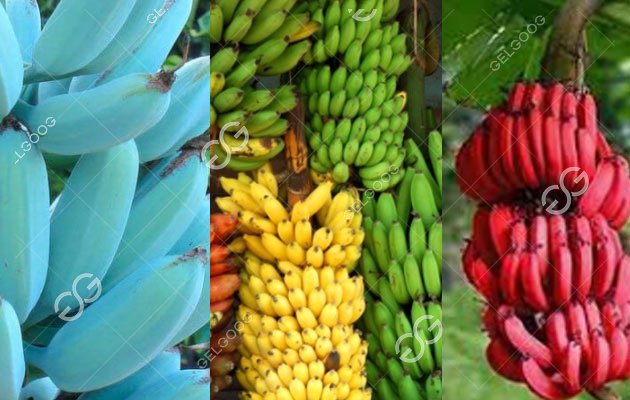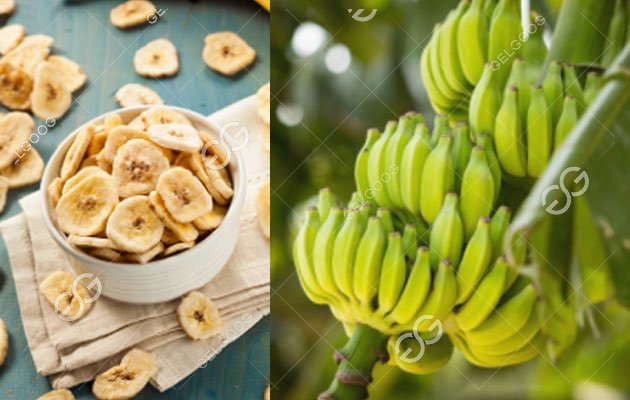Types Of Bananas In The Philippines
In the snack industry, bananas are usually made into banana chips for sale through a fully automatic banana chips machine. When you think of bananas, you think of the Philippines. There are many large-scale banana growing areas in the Philippines. Bananas are the most exported fruit. At the same time, the banana industry is also the country’s largest source of national income. But do you know what types of bananas are in the Philippines? I will introduce it to you.

The unique geographical conditions of the Philippines determine the abundance of bananas. There are mainly these types of bananas in the Philippines: Lacatan, Latundan, Cavendish,Bungulan and the Saba
Lacatan
Lacatan has high levels of vitamin A and is widely used in fruit salads and smoothies. It has a thick orange-yellow skin, and the flesh is also orange-yellow, usually medium in size, and very sweet when ripe.
Latundan
The Latundan variety has thin skin and thick flesh. It is very common in Philippine desserts. It has pale yellow skin and white flesh. The taste is even sweeter. The elders in the Philippines usually recommend it to babies because of its soft texture when mature.
Cavendish
It is the most widely grown and traded banana in the world. It is suitable for freezing and has a long storage time. When mature, it will appear similar to finches. It has a bright yellow, medium-thickness skin, and the white flesh is sweet, creamy and aromatic.
Bungulan
Bungulan is a variety with a texture and taste similar to Lakatan, and is usually used to make banana bread. The taste is sweet, aromatic, with white flesh, but it is easy to rot.
Saba
Saba is also known as Cardaba.The edible method of saba banana is similar to plantain. It has a thick layer of peel and a firmer texture. It can be eaten raw, it's a bit sour. It can be fried.

In addition to the above banana types, there are other types: Utungan, Tindok, Bulkan, Lagkitan, etc. But for the business of banana chips, not all varieties of bananas can be processed into banana chips. Normally Saba and Cardaba are more used to process banana chips. Because they are neither astringent nor easy to be blackened by heat, they are neither soft nor hard when they are half-ripe. They are most suitable for making banana slices.
